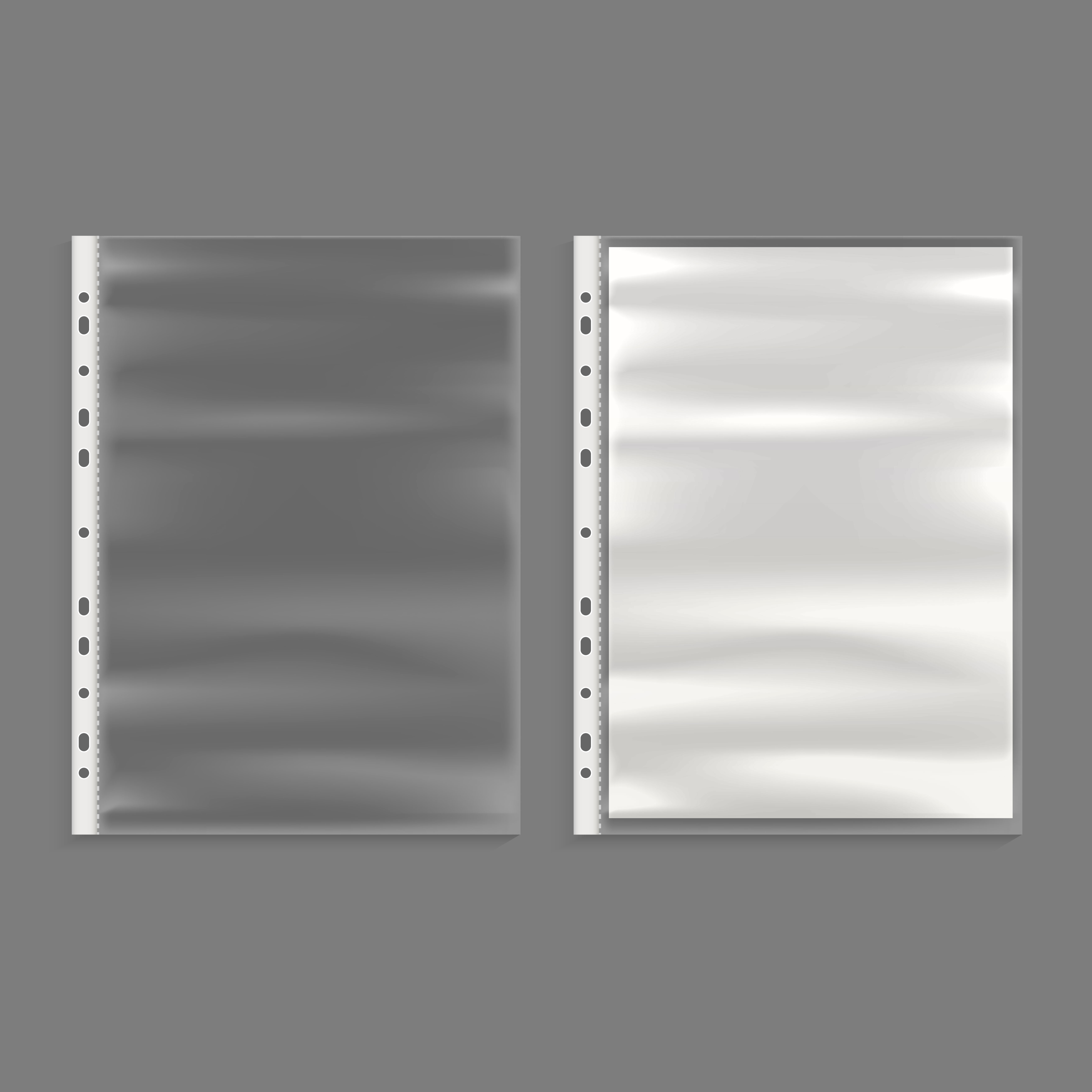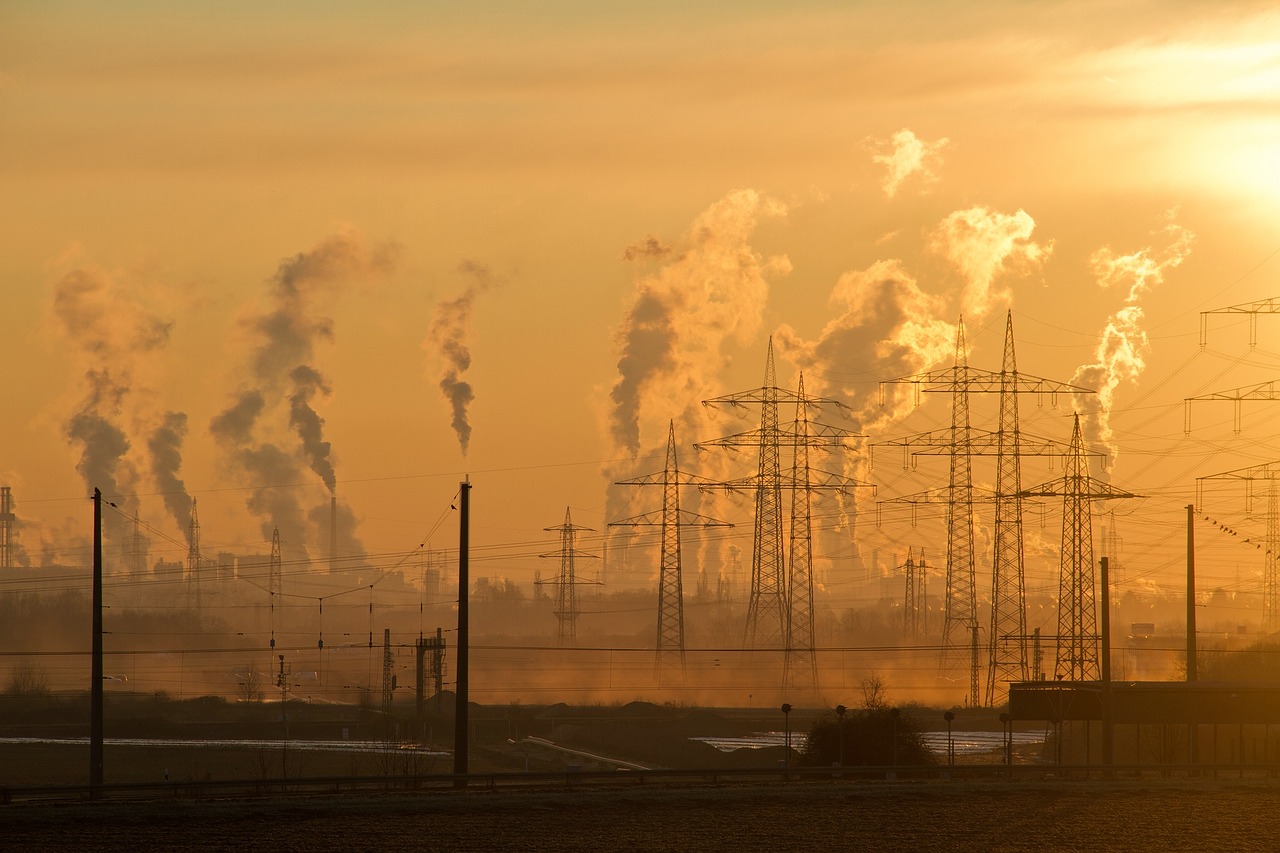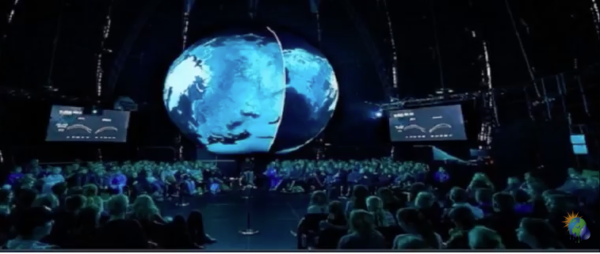In Netherland, the eco-duct project has shown positive results. The local populace got impressed for its effectiveness because the wild animals had this safety built in natural conditions. Earlier there were many accidental deaths when they happened to cross the man-made highways. At times while diverting to avoid the possible collision there were accidents for the vehicles. These eco-ducts are said to be more efficient wherever there are rivers by the side of highways. Even the wild animals like the natural habitat.
The wild animals that cross the road endanger their lives while travelling to the river for water. If they go en mass, it becomes hazardous and enhance the difficulties for the vehicle drivers. There are more than 600 such crossing in Holland ( Netherland). To use the eco ducts care has to be taken to grow the wild grass and plants so that the wild animals are drawn towards them so that they may use the facility provided. At some places, there are built small water ponds so that the animal can quench their thirst. There are substantial reasons to make such eco ducts, so that particular species of deers, elks or reindeers remain conserved. Here we give a list of some other countries that have also made such natural bridges.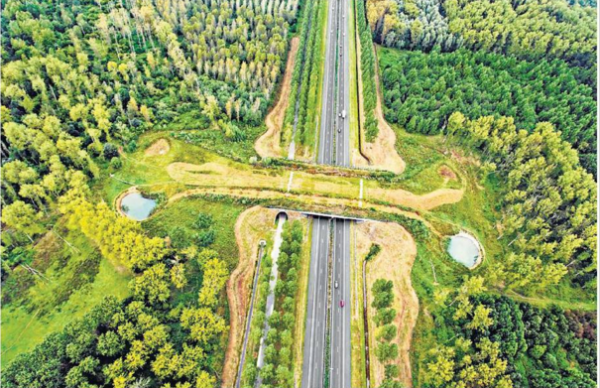
Photo Credit: Dainik Bhaskar
Wildlife crossings structure allow animals to cross human-made barriers safely. Wildlife crossings may include underpass tunnels, viaducts, and overpasses (mainly for large or herd-type animals); amphibian tunnels; fish ladders; tunnels and culverts (for small mammals such as otters, hedgehogs, and badgers); green roofs (for butterflies and birds).
Wildlife crossings are a practice in habitat conservation, allowing connections or reconnections between habitats, combating habitat fragmentation. They also assist in avoiding collisions between vehicles and animals, which in addition to killing or injuring wildlife may cause injury to humans and property damage. Similar structures get used for domesticated animals, such as cattle creeps. Via
In the photo shot below see the Netherland’s Indoeone highway No A2 having seven lanes. The eco duct has two water ponds on both sides of the natural bridge for the wildlife.
Belgium:
They have a 125 kilometers long eco duct since 2005 near the city of Jenks.
USA:
In the state of Montana, they have ‘Animal Bridge’ an eco duct reserve in Flathead Indian Reservation, used by grizzly and black bears, deer, elk, mountain lions, and others. Also, in New Jersey near the town Scotch Plains near the six-lane highway.
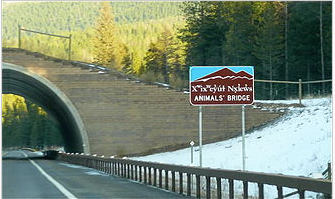 Photo credit: Wikipedia – “Animals’ Bridge,” on the Flathead Indian Reservation in Montana
Photo credit: Wikipedia – “Animals’ Bridge,” on the Flathead Indian Reservation in Montana
Canada:
They have made six overpasses and 35 underpasses in Banff National Park, on the trans-Canada highway for the wildlife to lead a natural habitat.
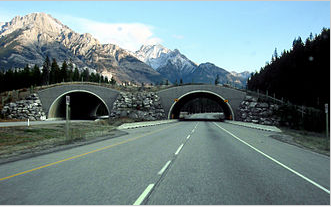
Photo Credit: Wikipedia. Wildlife overpasses in Banff National Park, Canada
Since 1996, there is a constant vigil over the created eco duct. They have recorded that the eco duct got used over 200000 times.






